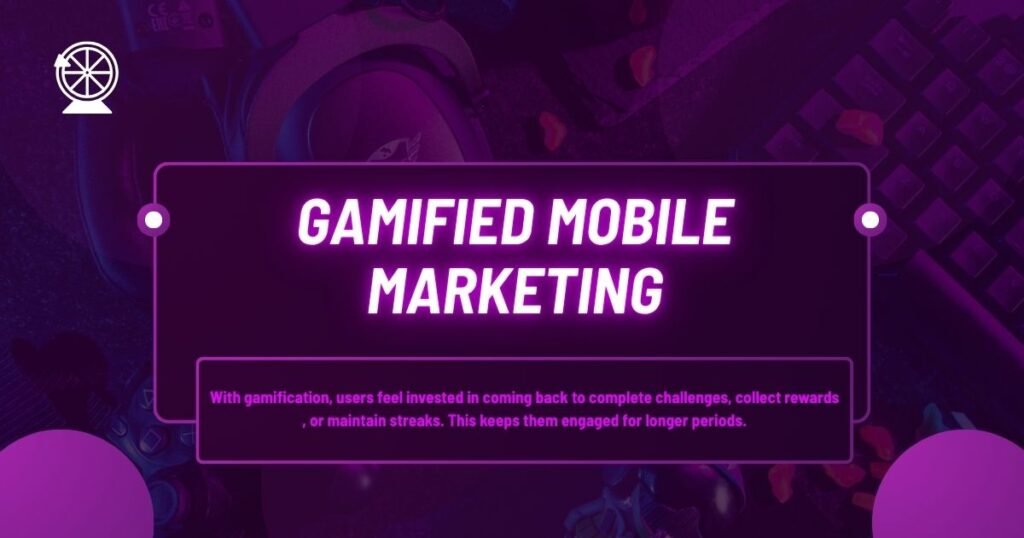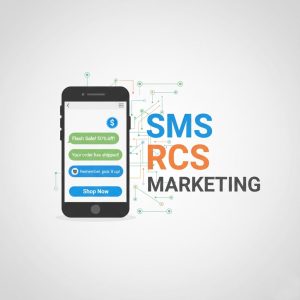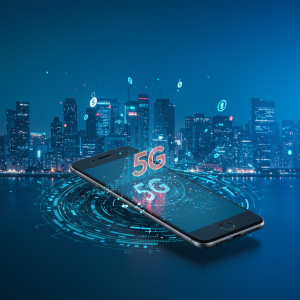Gamified Mobile Marketing Tips to Build Engagement

With the growing dominance of mobile devices, marketers are seeking innovative ways to capture users’ attention in a crowded digital landscape. Enter gamified mobile marketing. By integrating game-like elements into promotions or mobile apps, brands can create engaging and memorable experiences that encourage user interaction and loyalty.
This blog is your ultimate guide to understanding gamified mobile marketing, why it works, and how to implement it effectively. By the end of this post, you’ll know how to captivate your audience, boost engagement, and drive high-value conversions using gamification techniques.
What Is Gamified Mobile Marketing
Gamified mobile marketing is the practice of incorporating game-design elements into marketing campaigns or apps to engage users and motivate desired behaviors. This doesn’t mean converting your app into a full-fledged game. Instead, it applies ideas like point scoring, challenges, leaderboards, and rewards to enhance the user experience.
For example:
- Mobile retail apps offering loyalty points or spin-the-wheel discounts
- Quiz features in mobile ads that unlock prizes or coupons
- Fitness apps incorporating achievement badges or daily streak rewards
Gamification draws on intrinsic human motivations, such as competition, accomplishment, and reward, making it a powerful tool to increase time spent on apps, drive purchases, or collect user data.
Why Gamified Marketing Works
Gamified marketing isn’t just a buzzword; it’s rooted in behavioral psychology. Here’s why it works so well:
1. It Taps Into People’s Need for Achievement:
People love feeling accomplished. Earning points, unlocking badges, or achieving milestones delivers micro-rewards that satisfy this psychological need.
2. It Boosts Retention:
With gamification, users feel invested in coming back to complete challenges, collect rewards, or maintain streaks. This keeps them engaged for longer periods.
3. It Adds Fun and Interaction:
Marketing risks feeling pushy or boring. Gamification replaces passive experiences with interactive engagements that spark curiosity and excitement.
4. It Encourages Data Sharing:
Users are more likely to trade personal information like email addresses or preferences when a fun reward or prize is attached.
Real-World Statistic:
According to a report by eMarketer, 72% of people say a gamified experience positively influences their brand loyalty. When done right, gamification delivers measurable results.
Examples of Gamified Mobile Marketing in Action
Starbucks – Starbucks Rewards
Starbucks revolutionized customer loyalty with their gamified Rewards program. Users earn stars for purchases, which can be redeemed for free food and drinks. With achievements, tiers, and bonus challenges, the program makes customers want to keep engaging with the Starbucks app.
Duolingo – Achievements and Streaks
Language learning app Duolingo gamifies education with streak rewards for daily study sessions, ranking metrics, and achievements for hitting learning milestones. This simple yet effective system keeps users hooked.
Nike – Nike Run Club
Through its mobile app, Nike combines fitness with gamification. Runners compete in challenges, earn trophies, and share their progress with others. This mix of competition and fitness motivates users while strengthening brand affinity.
How to Create a Gamified Mobile Marketing Campaign
Want to try gamification for your own brand? Here’s a step-by-step guide to get started:
Identify Clear Goals
Define your objective before adding game elements to your marketing. Do you want to:
- Increase app downloads?
- Encourage repeat purchases?
- Drive data collection?
Your goals will dictate the type of gamified system you should implement.
Understand Your Audience
Gamification only works if it aligns with your audience’s interests. Conduct surveys or analyze behavioral data to understand what type of experiences your users will enjoy. For example:
- Younger audiences might respond well to competitive leaderboards.
- Busy professionals may prefer quick, individualized progress trackers.
Choose Game Elements
Select one or more game elements that match your goals:
- Point Systems to encourage repeat actions (e.g., purchases, logins)
- Challenges and Quests to engage users with tasks (e.g., limited-time quizzes)
- Leaderboards to create friendly competition among users
- Rewards and Coupons to incentivize actions
Incentivize Engagement
Offering rewards can help achieve higher interactions. These don’t have to be expensive:
- Exclusive access to content
- Discounts or coupons for purchases
- Small experiences like digital badges
Keep It Simple and Intuitive
Avoid over-complicating the user experience. Gamification should enhance usability, not confuse your audience. Keep instructions clear and provide instant feedback to make it seamless for users.
Measure and Optimize
Track the results of your gamified campaign to ensure it’s meeting your goals. Tools like Google Analytics, Firebase, or game analytics platforms can offer insights on user interactions, retention rates, and conversion improvements. Based on this data, you can refine your campaign for better results.
Tips for Successful Gamified Marketing
- Make It Shareable
Encourage users to share their achievements or progress on social media. This will not only drive engagement but also increase brand visibility.
- Ensure Mobile Optimization
Given the dominance of mobile browsing, every part of your gamified campaign must be mobile-friendly. Test extensively for usability on small screens.
- Avoid Potential Fatigue
Be careful not to overuse gamification to the point that it becomes tiresome. Find the right balance to keep users motivated without overwhelming them.
- Test, Test, Test
A gamified campaign must be tested across different devices, user segments, and scenarios to iron out bugs or engagement drop-offs.
Read our latest blog : Promote an Event on Instagram
The Future of Gamification in Mobile Marketing
Gamification is becoming mainstream, but its future is headed toward more personalization and scalability. AI and machine learning can help tailor gamified experiences for individual user preferences. Meanwhile, hyper-interactive technology like augmented reality (AR) and virtual reality (VR) offers endless creative possibilities for gamified storytelling.
Investing in gamified strategies will be key for brands looking to thrive in the competitive mobile landscape.
Start Gamifying Your Mobile Marketing Today
Gamified mobile marketing offers businesses an effective avenue for capturing attention, building brand loyalty, and driving conversions. By leveraging game-like elements, brands can not only enhance customer interactions but also create long-term connections with their audience.
If you’re ready to take your mobile marketing to the next level, start exploring how gamification can transform your approach. Want to learn more or need tailored advice? Reach out to our experts today!





